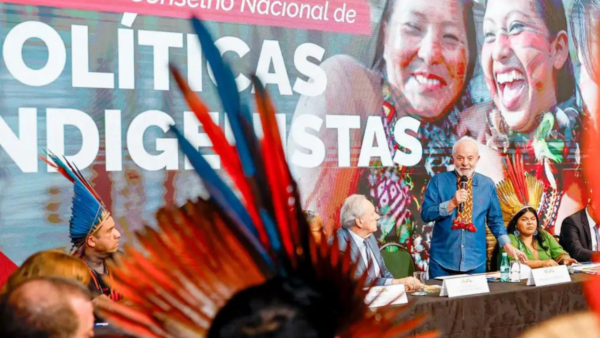Brazil’s favelas are a constant feature in the landscapes of the country’s big cities. The favelas in Rio de Janeiro, particularly, are known around the world for their unconventional architecture, improbable geography, and their urban violence, depicted in many Hollywood movies.
While at times idyllic and home to a sense of community and solidarity lost across most of Brazil, the pervasion of crime and lack of basic infrastructure and public security in favelas make them a social problem that no government has been able to properly address. And Brazil’s favelas are only getting bigger.
Over the last 35 years, the area of Brazil occupied by favelas more than doubled — adding the equivalent of 11 times the Portuguese capital of Lisbon — according to data from MapBiomas published on Thursday.
In all, 4.66 percent of urban growth between...


 Search
Search






































